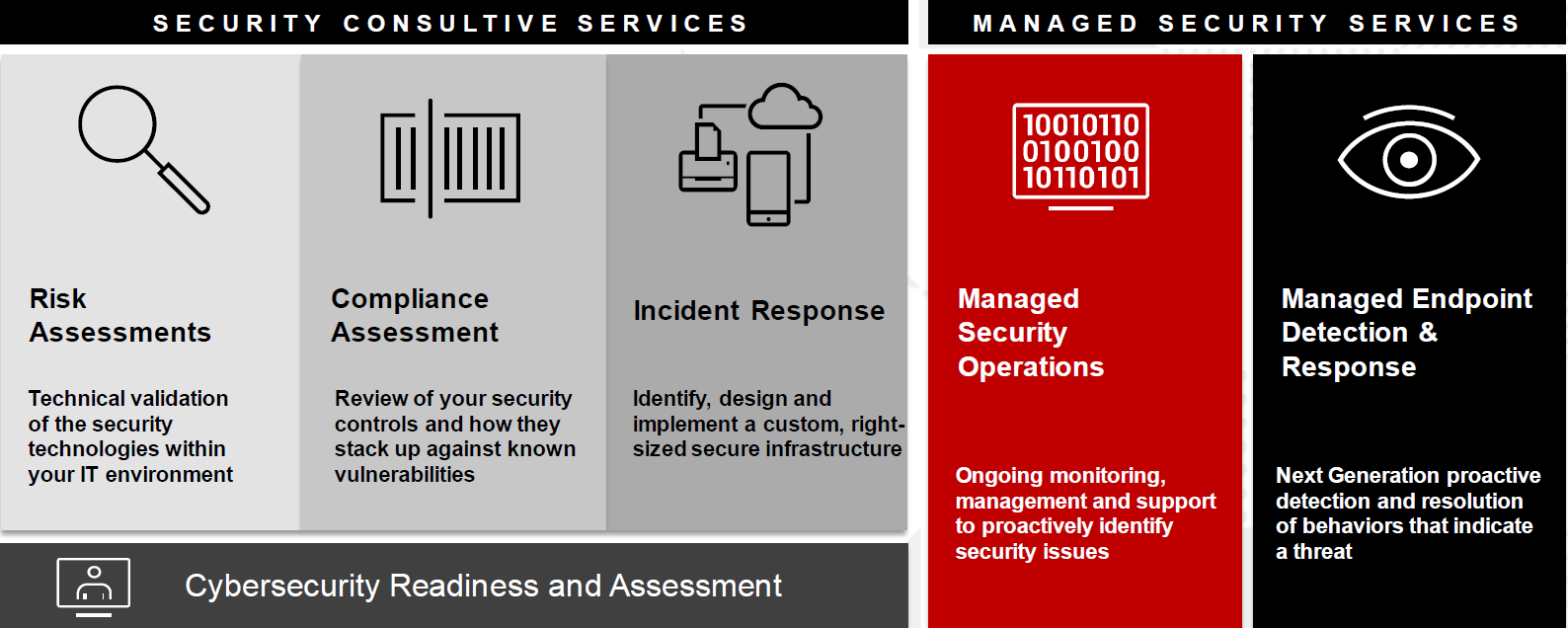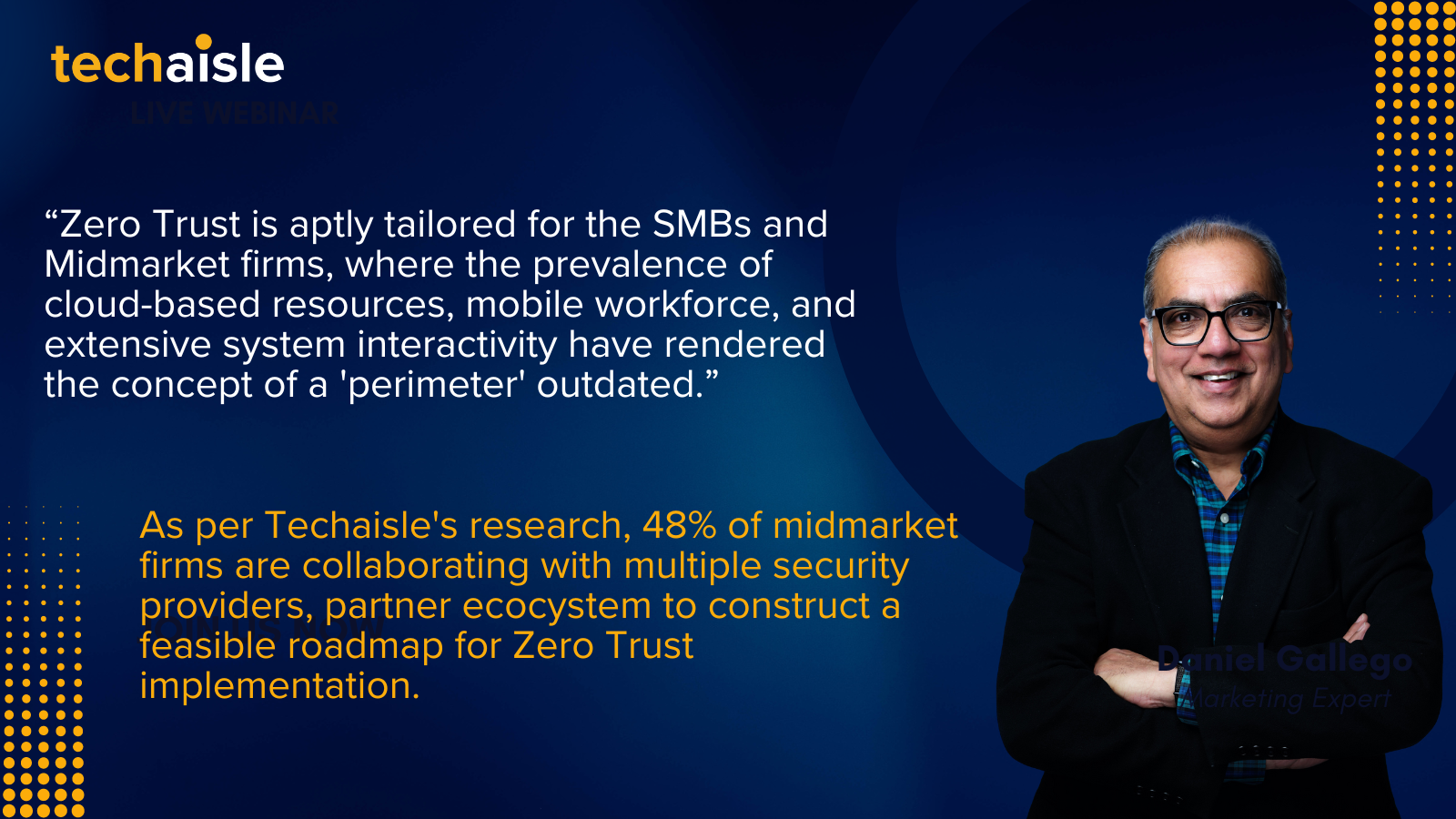Security matters to SMBs and midmarket firms - a LOT. Technology is essential to productivity, growth, and profitability – but it exposes SMBs to potentially devastating security breaches. But cybersecurity is a daunting challenge. Technology is so complex, and the threat sources are so menacing that many SMBs practice “security through obscurity:” They hope that attacks will be pointed at larger targets and that they can find safety by keeping a low profile.
The world of cybersecurity is a constantly evolving battleground. Gone are the days of lone hackers targeting specific networks. Today, criminal organizations cast wide nets, hoping to exploit vulnerabilities in increasingly connected devices, from printers to smart TVs. Unfortunately, there are enough hackers, scammers, and cybercriminals to go around – and every conscientious SMB needs to address security threats as they take action to safeguard their businesses against other threats (loss of customer trust, compliance with applicable laws and regulations, loss of financial solvency) to their businesses.
This complex landscape demands a security strategy that goes beyond just protecting networks. As digital technologies continue to advance, businesses of all sizes, especially small and medium-sized businesses (SMBs), face a constant threat of cyber-attacks.
Xerox understands this vulnerability and offers a comprehensive, personalized approach to workplace security that goes beyond a one-size-fits-all solution. This commitment to risk management stems from Xerox's long history in highly regulated industries. Its secure printing solutions, developed for environments like Navy ships, translate into robust security features for businesses of all sizes.

















